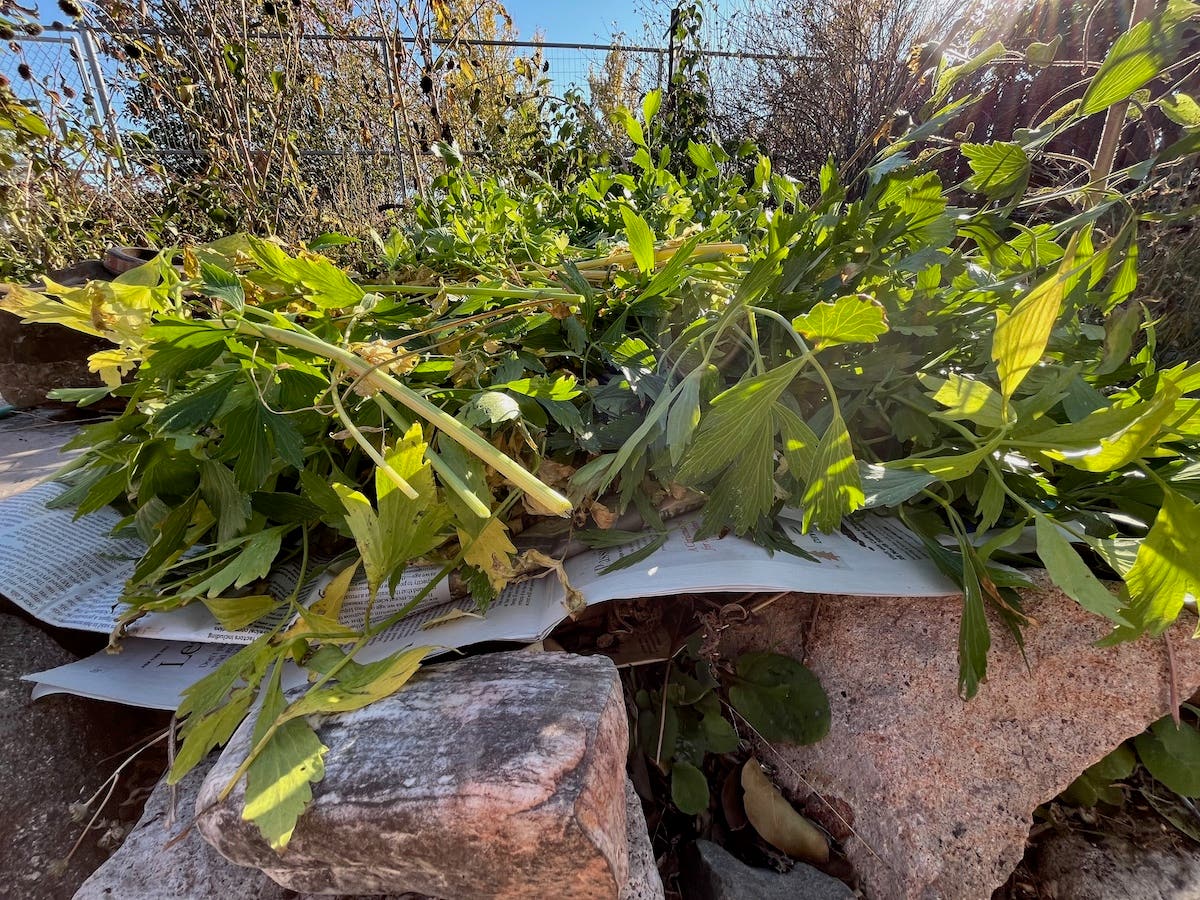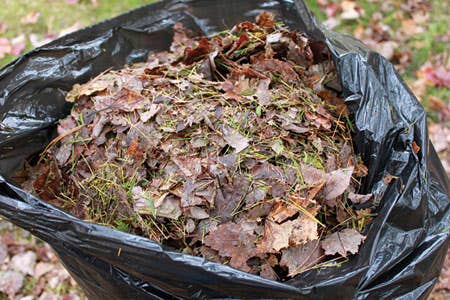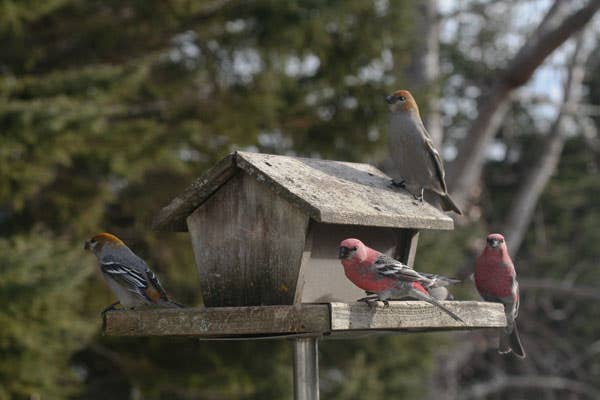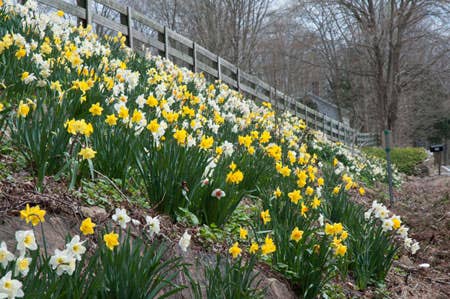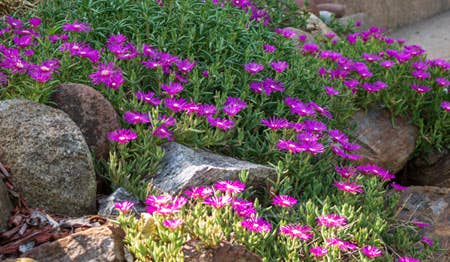Keep Deer Out of the Garden
How to keep deer out of the garden by using scare tactics and deer repellents.
If it seems like there are millions of white-tailed deer feeding on your hostas, you aren't wrong. There are, in fact, more than 20 million, according to wildlife experts. Thanks to reduced hunting and an increase in prime habitat, populations of Odocoileus virginianus are booming. Densities of 15 or 20 deer per square mile are common, and some areas have as many as a hundred deer per square mile, or one deer for every 6.4 acres. The sight of a herd of deer in the backyard may delight some people, but gardeners are less enamored of these visitors. Those of us who love our plants are increasingly upset by the damage done by so many hungry mouths. But short of erecting an eight-foot fence around the entire yard, what's a gardener to do?
Plants Deer Don't Eat
For starters, there are some plants that deer don't eat. “Whenever possible, select plantings that are unpalatable to deer,” says Michael Conover, director of the Berryman Institute for Wildlife Damage Management at Utah State University. He likes to cite mountain laurel (Kalmia latifolia), a shrub that is as underappreciated as it is deerproof. Long lists of deer-resistant species can be found in books such as Solving Deer Problems, by Peter Loewer (The Lyons Press); online at www.dnr.cornell.edu/ext/chdp/reducingdeerdamage.htm or www.wildlifedamagecontrol.com/deer.htm; or by contacting your local cooperative extension service.
Preventing the problem before it happens is perfectly sound advice. However, it's often impractical—even unthinkable—to rip out established plantings simply because they're attractive to deer. A landscape devoted to such A-list deer favorites as tulips, phlox, hostas, and arborvitac requires a different line of defense—one that forces, or at least strongly encourages, the animal to look elsewhere for a meal. Skipping the fence option, gardeners have three basic choices: scare the deer away, render the general area unpleasant, or apply something directly to the plants that, to a deer, smells or tastes bad.
Ways to scare deer away
Post yourself as a lookout and when you see the foe, run outside waving your arms and shouting. It's a highly effective method, especially when the problem is only a deer or two. It's just not very practical as a full-time strategy, given that most of us have to go to work, or at least to sleep occasionally. That's where a large, barking dog comes in, or strips of mylar that flutter in the wind, or lights, a loud radio, or a sprinkler triggered by a motion detector. All of these have proven to be effective at frightening deer, especially in areas where the deer have had little contact with humans. But suburban deer that are already used to the presence of people soon become habituated to such disturbances and come to ignore them. (Neighbors, however, are less likely to become habituated, especially when it comes to the noise.) Scare tactics are therefore best employed in rural areas, or where the deer can be expected to be particularly naive.
Area deer repellents
A more reliable way to keep deer away from parts of your yard is to use some sort of broad repellent. Many gardeners swear by bars of perfumed soap. For example, bars of Lifebuoy brand soap hung from the limbs of apple trees have significantly reduced the damage from browsing deer. Pierce the strongly scented bars, still in their wrappers or boxes, attach lengths of wire, and hang these from the branches of trees and shrubs or from stakes placed around plantings at regular intervals. Irish Spring and Zest are two other favorites, the general idea being the stinkier the soap, the better. But be aware that even under ideal conditions, the zone of protection from a single soap bar has a radius of only about 30 inches.
Human hair, preferably hair that has not been washed recently before being cut, is another source of repellent odor. Like soap, bags of it hung from the branches of young apple trees have proven to prevent browsing, at least during the winter. To try it yourself, ask your local barber for a bag of floor sweepings, then stuff two or three handfuls of hair into nylon stockings or mesh bags and hang these at regular intervals around the garden. Remember, however, that the smell of a human being is less likely to be offensive to deer in urban areas where human contact is common and there are no hunters.
Garlic is another popular deer repellent which some home gardeners spray liberally about their yards. One home recipe calls for combining two ounces of chopped garlic, two ounces of red pepper sauce, and four raw eggs in a blender and adding enough water to make a quart.
Gardeners who spread Milorganite, a brand of dehydrated sewage sludge, on their lawns as a turf fertilizer have also experienced the added benefit of deer deterrence. Dried blood meal, another organic fertilizer, has similar repellent properties. Plantskydd is a commercial blood-based spray that offers the added advantage of stickiness, which means that one application can last for several months, as opposed to needing reapplication after heavy rains.
Finally, you may even want to try coyote urine. One study found it to be effective in preventing deer damage to eastern hemlock, but far less so on highly palatable Japanese yews. Using a commercial product (DeerBusters, for example) is probably preferable to trying to collect coyote urine yourself. And it is probably time for us to rethink our attitudes toward the coyote and welcome them into our suburban landscapes as deer predators. At the very least, a coyote in the backyard is sure to be more of a deterrent than the family dog, and one to which deer are less likely to become habituated.
Whether any of these repellents will work in your yard will depend on how severe your problem is, how dense the deer population is in your area, and what other food sources are available. If you have lots of deer, or are dealing with a well-established forage pattern, you probably won't have much luck with any of these area-wide repellents. As Conover emphasizes, “If the choice is between eating and starving, a deer won't be deterred simply by something that smells bad.”
Contact deer repellents
These offer the best defense against deer browsing because their offensive odors and tastes are applied directly to the foliage that is the deer's target. The active ingredients in commercially available sprays vary widely from putrescent egg solids to the fungicide Thiram . Even these directly applied repellents will not offer absolute protection, no matter what the labels may claim. You will, however, get the best results if you follow these general guidelines.
It is important to spray plants before any serious damage has begun. Scott Craven, professor of wildlife ecology at the University of Wisconsin, says, “The greatest success occurs the sooner you can apply the control. If you can take preventive steps as soon as you see the first incidence of damage, you're taking advantage of that window of opportunity that may help you keep the problem to a tolerable level.”
Be thorough. Spray each and every leaf, bud, and twig from all angles until the surfaces are wet or you see runoff. Remember that deer feed from ground level to approximately six feet high.
Check the label to see how soon you need to spray again. Some sprays must be reapplied frequently, especially after a rain. Bloodmeal, for example, should be applied every week, and is easily washed off; Deer Away is said to stick to the plant for up to two months; Deer Solution claims its benefits last 100 days. If you live in a rainy climate, be prepared to spend more time—and money—making sure your plants are protected.
Dormant plants are easier to protect than ones that are actively growing. All fresh new growth must be treated as soon as it appears. New leaves and shoots are the parts of a plant that deer usually eat first.
In general, apply repellents only when the temperature is above 40 “F, and only in calm, dry conditions. Some products, like Plantskydd, reportedly can be applied at any temperature above freezing.
Alternating the use of different repellents prevents deer from becoming habituated to one odor or taste.
Hinder and Deer Solution are the only commercial products certified for use on edible plants. Read and follow all label instructions carefully. Ropel, for example, should not be applied to sugar maple trees that are to be tapped for maple syrup because it will change the taste of the sap.
It's clear that there is no single, or simple, solution to the deer dilemma. As gardeners, we can only make our best effort to protect what we love and adjust our expectations so that, rather than aiming to eliminate deer from our private landscapes, we try simply to reduce the damage to a level we can live with. All of the above methods have their champions. Our advice is, simply: if it works, stick with it.


